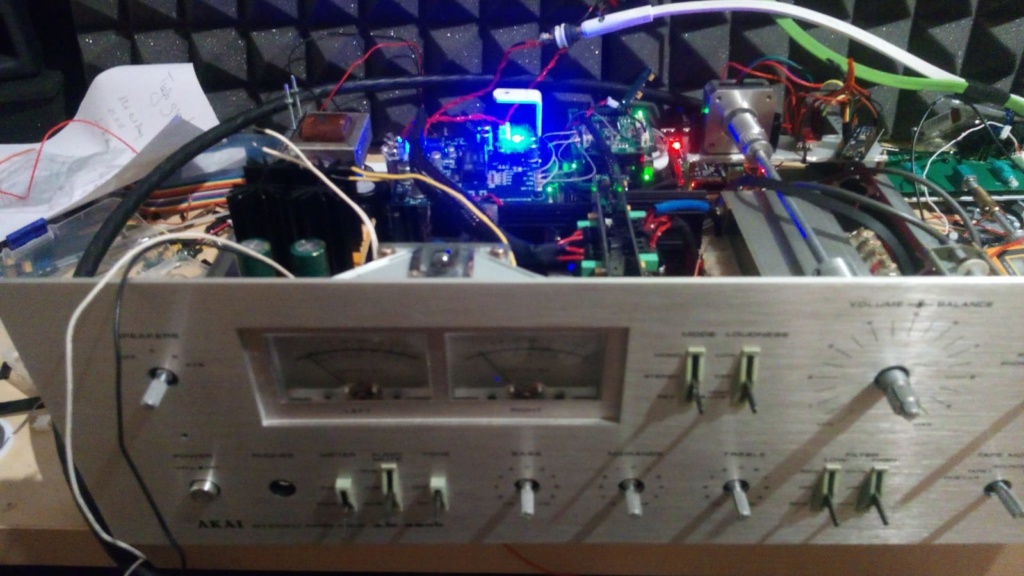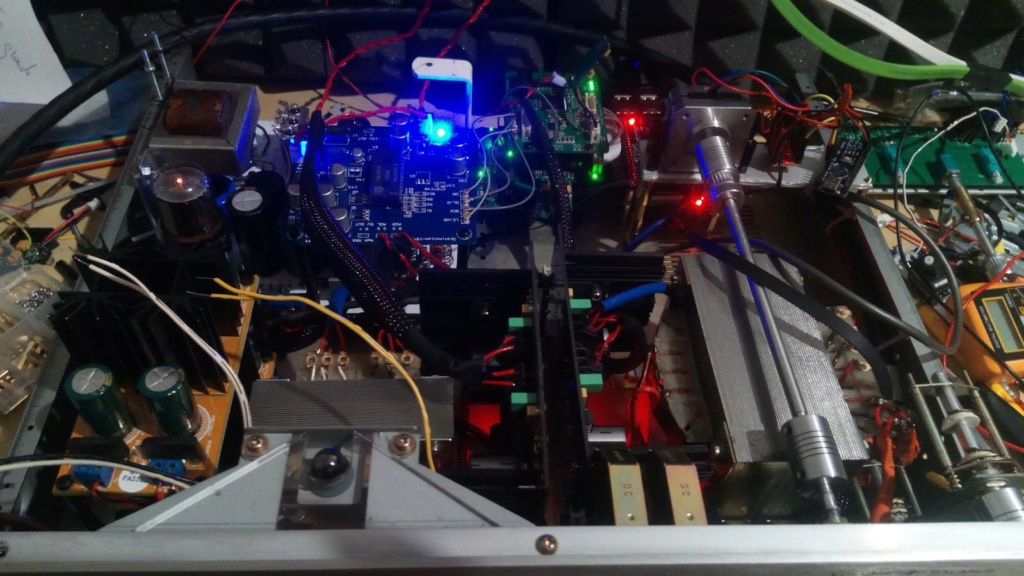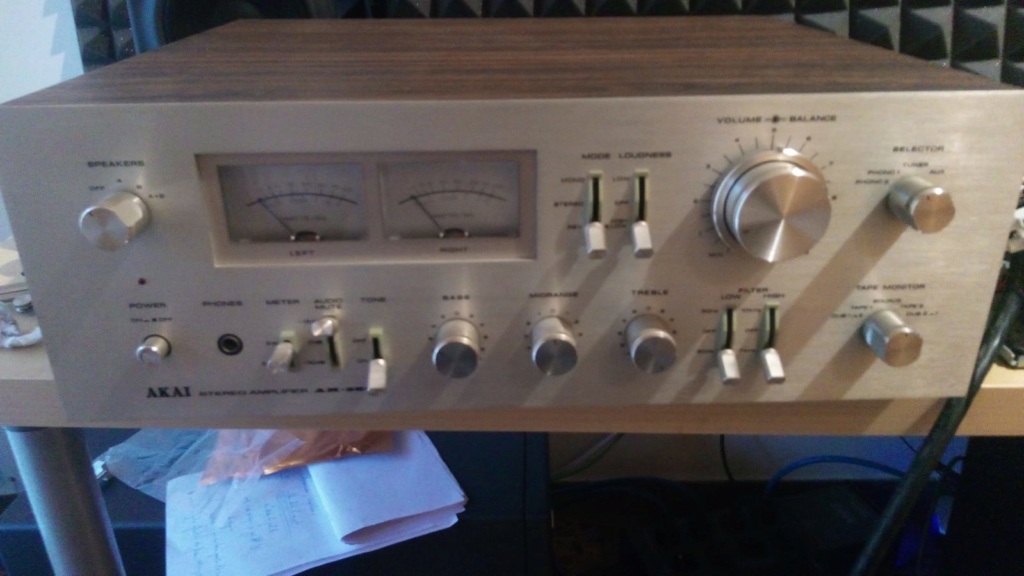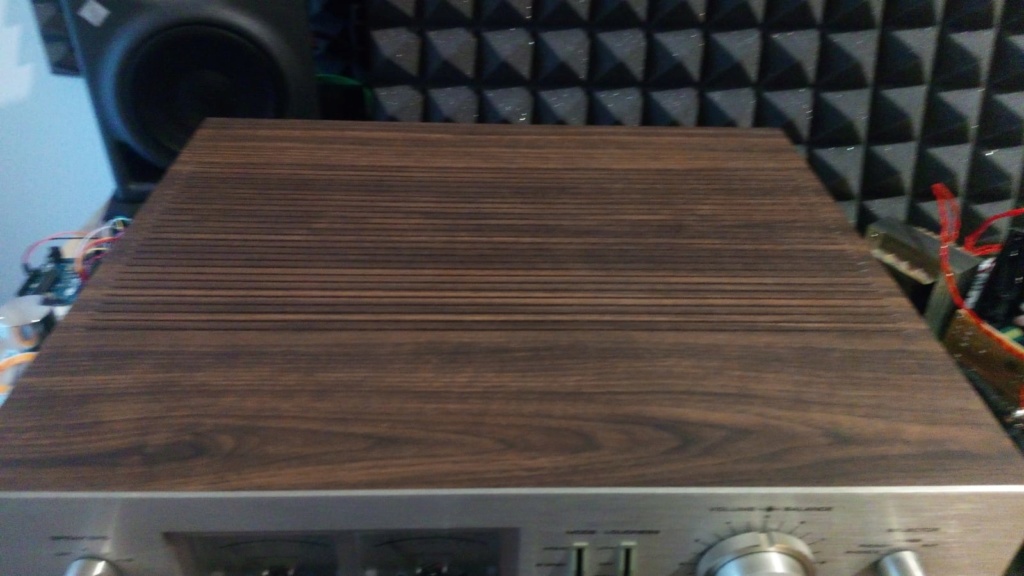Hi.
I introduced in this world of the minicomputers and Volumio to learn and experiment for a very big project.
Although I have a lot of experience and satisfaction with Allo’s products and more recently with Terraberry 2, the goal was always the same: Build a i2s streamer with the Philips TDA1541A DAC (for many the best DAC chip in history) and valve output . I’ve been working on that project for almost two years, mostly collecting material, which is not cheap either.
This Christmas, when they were almost all the pieces, it finally sounded, and I am very pleased to say that the result is wonderful, and it sounds like I expected to sound: the sound of a turntable but without its drawbacks. Whoever has enjoyed the record player knows that there is an organic character in the analogue music that the digital can only aspire to approach, a deep bass and a timbre in voices and instruments that with a good system mimics perfectly the direct sound.
The TDA1541A chip has a lot of that sound, but by misfortunes, the SPDIF connections and especially the USB, introduce a jitter that eliminates much of the "magic " of the TDA1541A. With Rapsberry Pi I thought it was the ideal system to fight jitter. Another way to combat it was short i2s signs of quality and good cristals. This is where the IanCanada components of Diyadio are coming in: IsolatorPi, Fifo, DualX0 with Crystek clocks, and a special card for the DACs R2R. The PCB of the DAC chip is a RyanJ design also of Diyaudio and the output stage is completely vintage, tube, with components ranging from 1938 to 90 years, built by Abbas, by Abbas Audio.
I didn’t know anyone who was crazy enough to build something like that. Lovers of Rapsberry pi do not want to spend a lot of money, and for audio lovers who spend a lot of money Rapsberry pi is not expensive enough, prefer USB connection, and lovers of classic audio prefer SPDIF.
All with a superb linear feed, I dare say the best on the market, with sources of ultra low noise power filter from Sellarz Audio from Korea.
In this team there are components that have come from: New Zealand, Australia, Holland, Taiwan, Canada, Korea, Germany, China, USA, Ukraine, Russia, France, Japan, India, Spain, Italy (Volumio), and I’m sure I’ll leave some.
Missing some adjustments, and components, and a nice box that is at the height of this sound (probably will be wooden imitating the hifi equipment of the years 50), I’ll put pictures of evolution.
I did not want to explain anything until it sounded, because it could be a great facaso, but I am proud to say that it has been a great success, the end of the road for me.
Many thanks to many people, but especially to Michelangelo and Volumio Team, Ian, Abbas, Ioan, Ryan, and especially to my master, Antonio, that he has been the inspiration of this crazy idea, and Ami himself for taking that idea and turning it into a crazy reality that seemed at first.
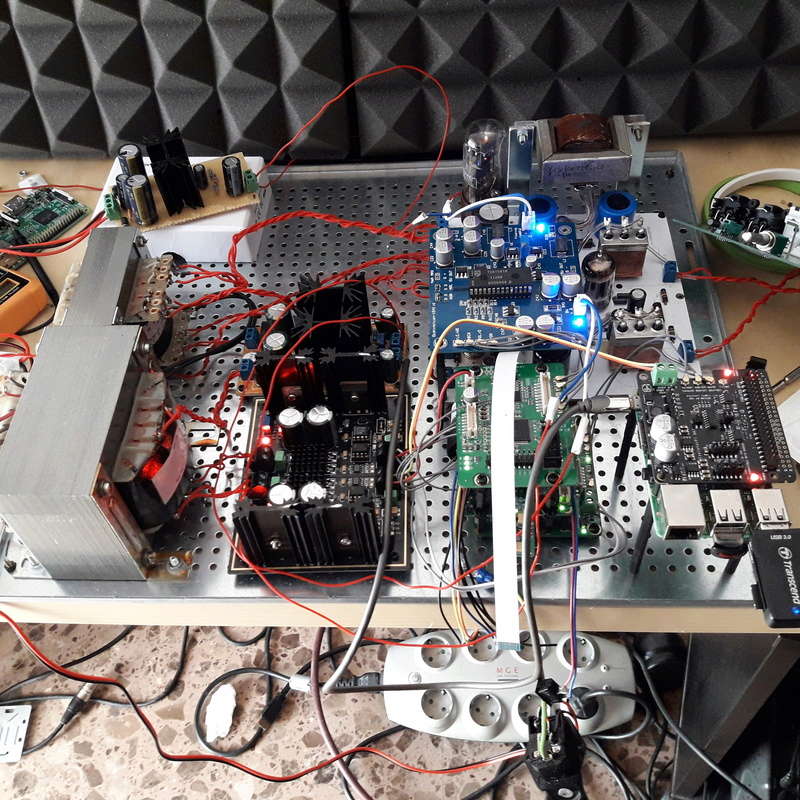
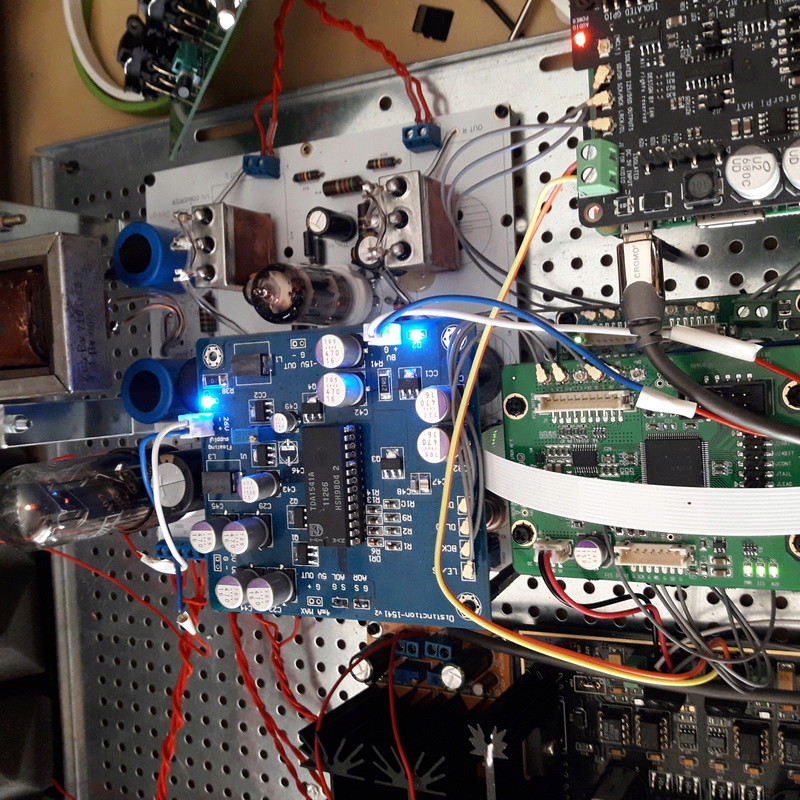
 .
.
